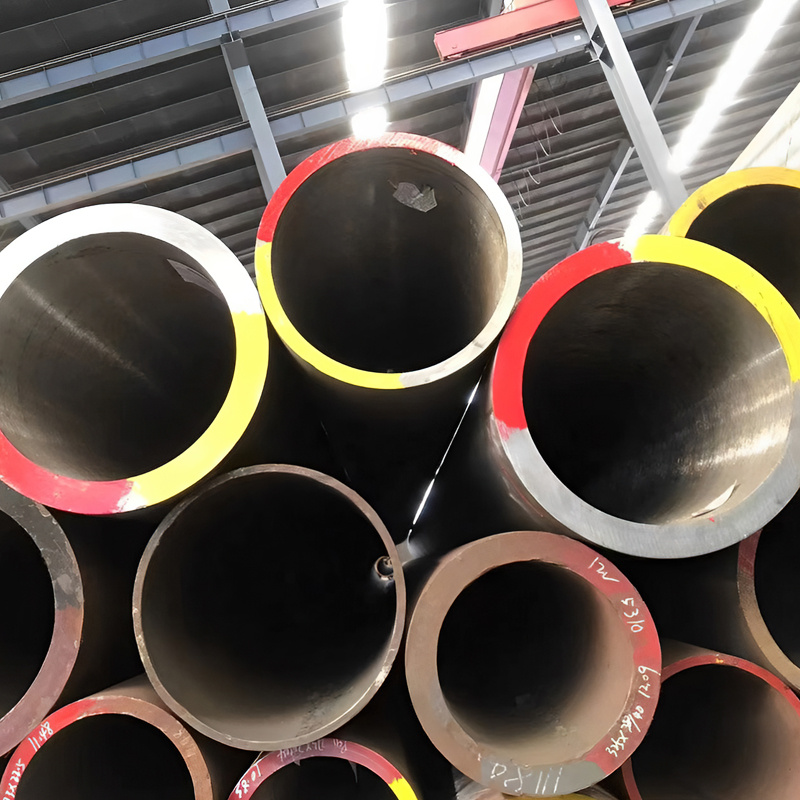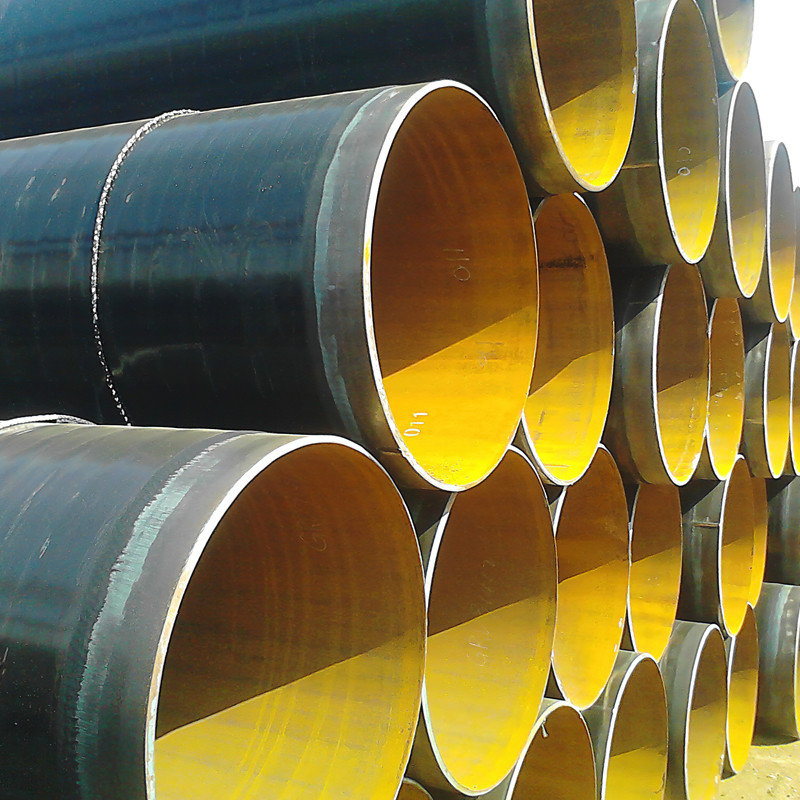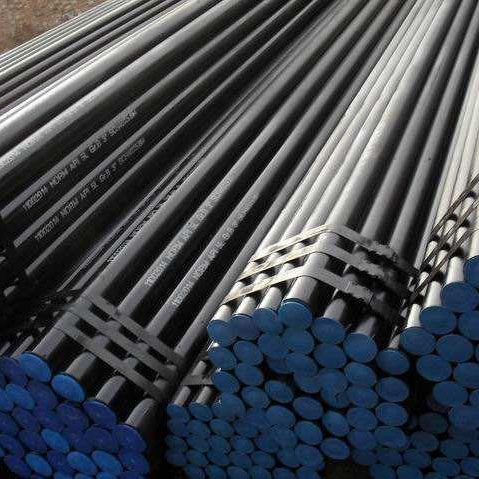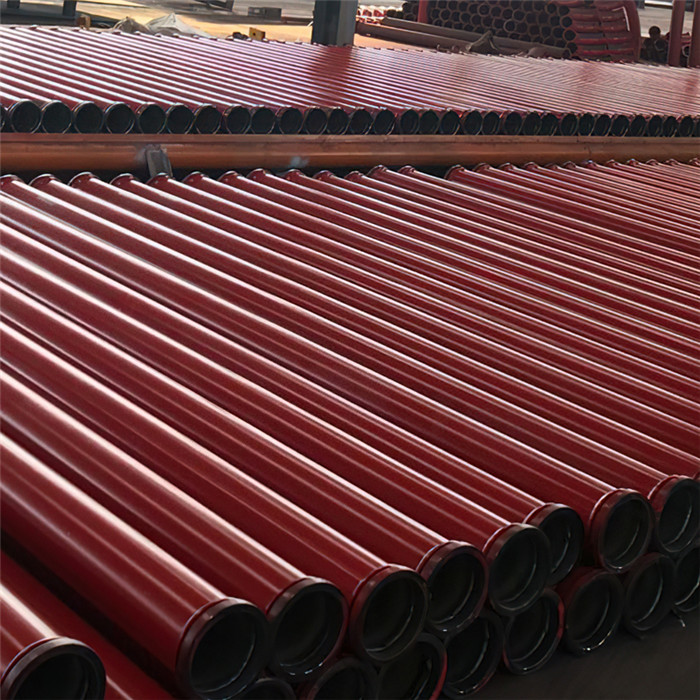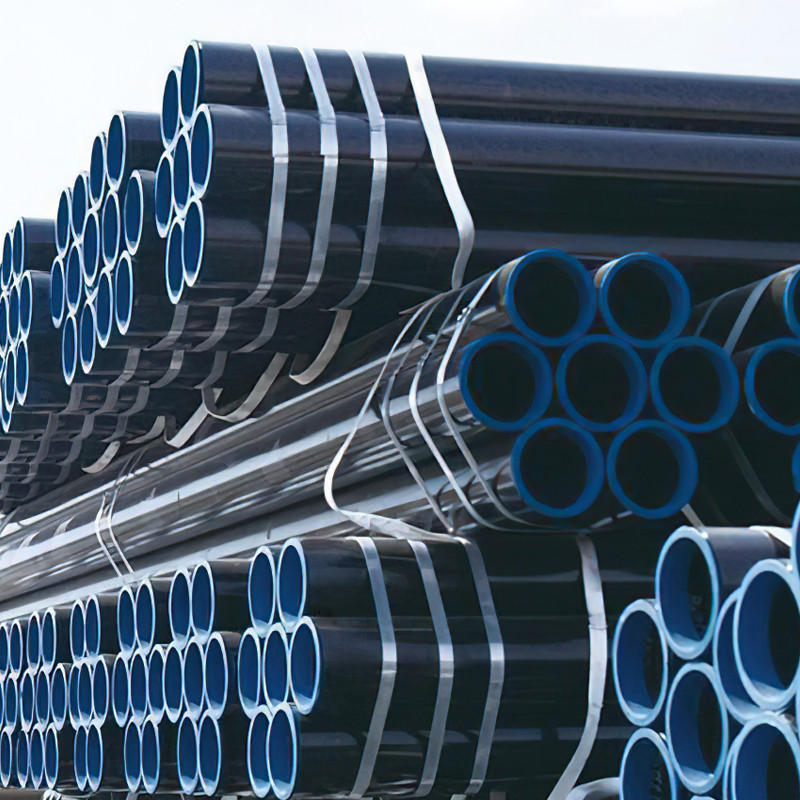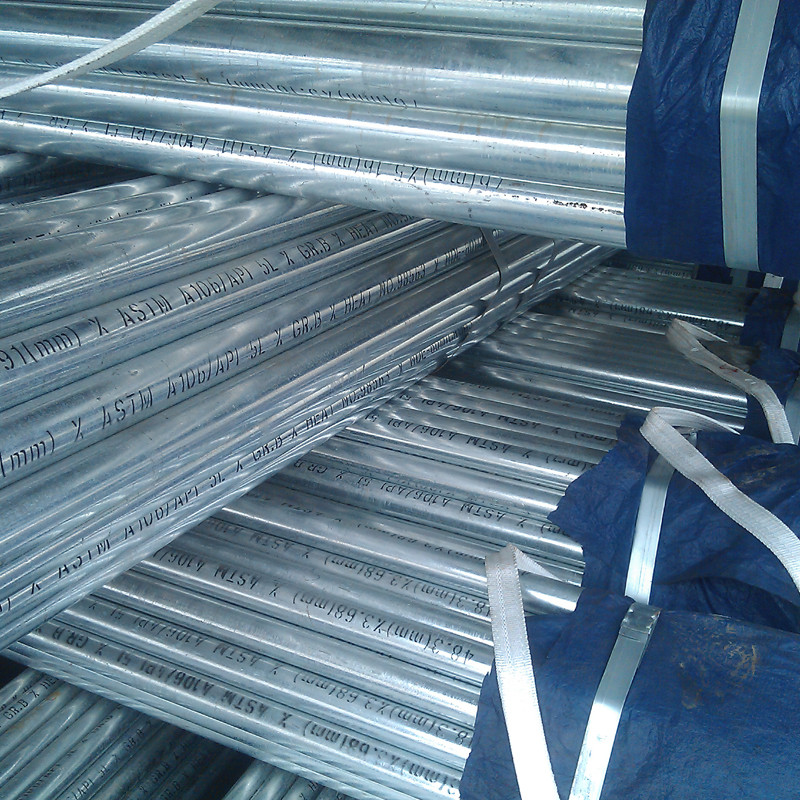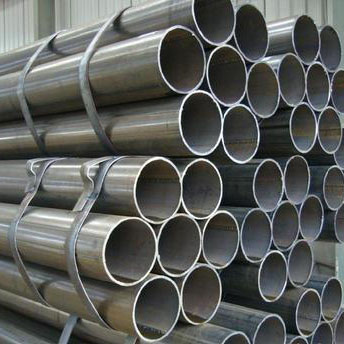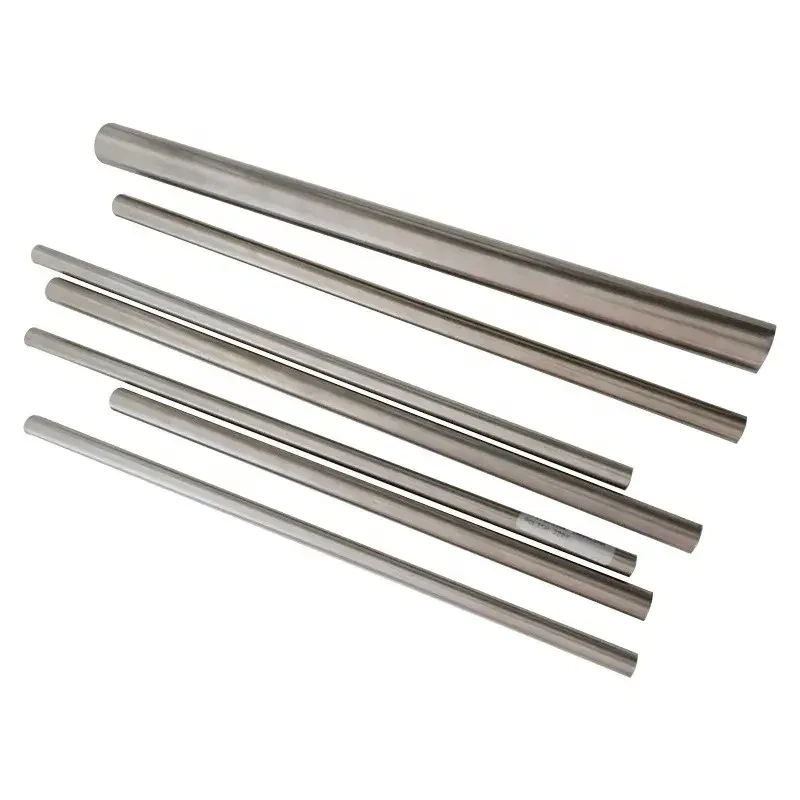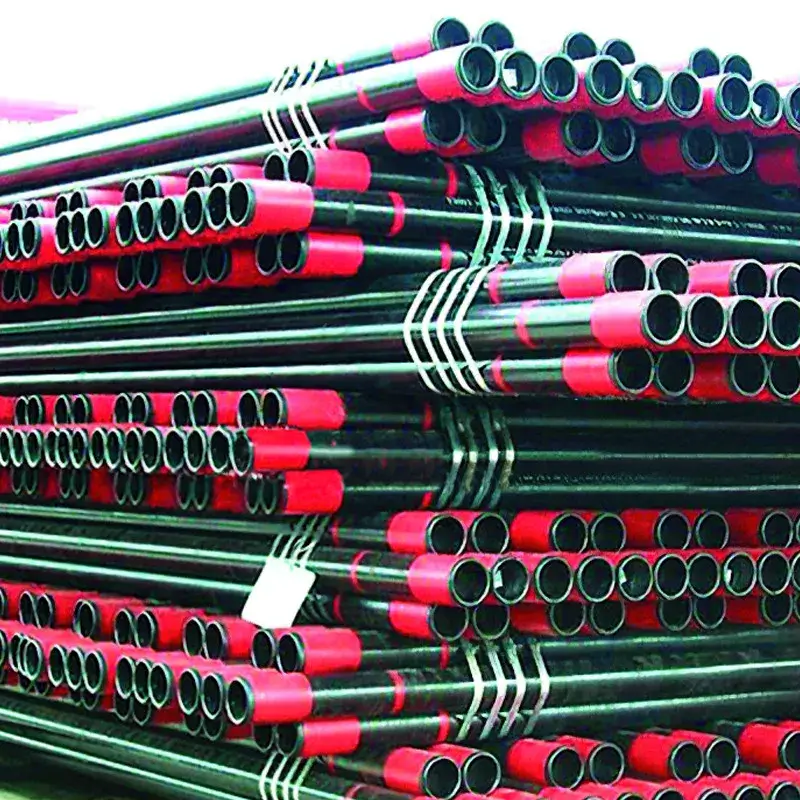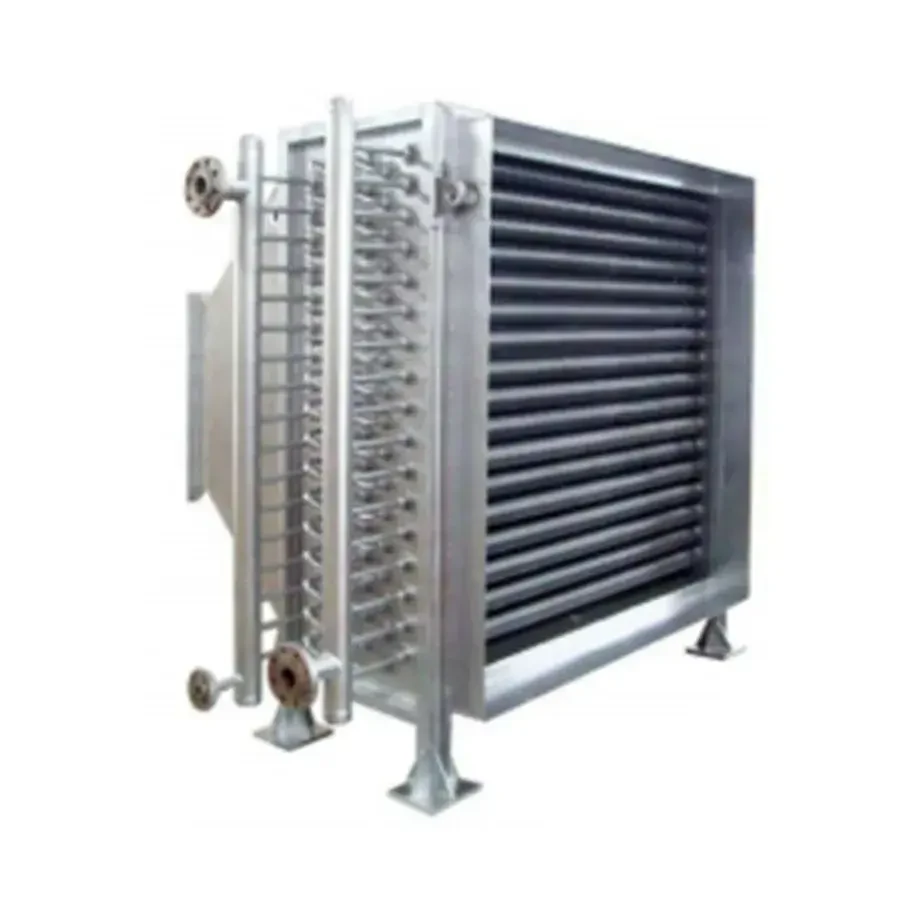A pipeline is a system of interconnected pipes designed to transport liquids, gases, or solids in slurry form over long distances, playing a critical role in industrial and commercial applications.Pipelines are used extensively in industries such as oil and gas, water treatment, chemical processing, food production, and pharmaceuticals, where the safe and efficient transportation of materials is essential. They are constructed using materials like steel, plastic, or composite materials, depending on the type of substance being transported and environmental factors such as temperature, pressure, and corrosion resistance. Pipelines offer a cost-effective and reliable solution for transporting resources, minimizing the need for manual handling and reducing the risks associated with alternative transportation methods like trucks or trains. They are commonly used for transporting crude oil, natural gas, water, sewage, and chemicals, enabling industries to maintain steady supply chains and production processes. The design and installation of pipelines require careful planning to ensure safety, efficiency, and compliance with environmental regulations. Advanced technologies, including sensors, monitoring systems, and automated controls, are often integrated into modern pipelines to detect leaks, monitor pressure, and prevent failures. Pipelines also incorporate pumps and compressors to maintain flow rates and pressure, especially when transporting substances over long distances or across challenging terrains. Maintenance is a critical aspect of pipeline operations, involving regular inspections, cleaning, and repairs to ensure longevity and performance. Pipeline networks can span thousands of kilometers, crossing international borders and connecting production sites with refineries, storage facilities, and distribution centers. Their ability to deliver materials continuously makes pipelines a vital infrastructure for industries that require uninterrupted supply chains. In addition to their industrial use, pipelines are increasingly used in renewable energy sectors for transporting biofuels and hydrogen, supporting the transition to cleaner energy sources. The development of smart pipelines equipped with Internet of Things (IoT) sensors and remote monitoring systems has enhanced safety and operational efficiency, allowing real-time data collection and predictive maintenance. Despite their advantages, pipelines face challenges such as environmental concerns, regulatory compliance, and the need for extensive permits and impact assessments before construction. However, advancements in materials and technology continue to improve their performance, reliability, and sustainability. Pipelines remain indispensable for modern industries, offering a scalable and efficient method of transporting raw materials and finished products while minimizing costs and environmental impact.
How Do Pipelines Ensure Safety And Environmental Protection During Operations?
Pipelines ensure safety and environmental protection through advanced engineering designs, monitoring systems, and strict regulatory compliance, minimizing the risks of leaks, spills, and accidents. Modern pipelines are constructed with high-quality materials, including corrosion-resistant steel, polyethylene, and composite materials, to withstand extreme conditions and prevent structural failures. Protective coatings and cathodic protection systems are commonly applied to steel pipelines to prevent corrosion and extend their lifespan. Safety valves and pressure regulators are strategically installed to manage pressure fluctuations, prevent ruptures, and isolate sections in case of emergencies. Leak detection systems, including sensors, fiber optics, and acoustic monitoring devices, continuously monitor pipeline conditions, providing real-time data to operators and enabling immediate response to potential issues. Automated control systems allow operators to remotely shut down pipelines, reducing the risk of spills and minimizing environmental impact. Regular inspections using tools like smart pigs, which are robotic devices that travel through pipelines to detect cracks, corrosion, and blockages, ensure early identification of vulnerabilities and facilitate timely repairs. Environmental protection measures include double-walled pipelines, secondary containment systems, and spill response plans to prevent contamination of soil and water sources. Pipelines also undergo rigorous testing before commissioning, including hydrostatic pressure tests, to verify structural integrity and performance. Regulatory compliance plays a significant role in pipeline safety, with operators required to adhere to industry standards and guidelines set by organizations such as the American Petroleum Institute (API) and the Pipeline and Hazardous Materials Safety Administration (PHMSA). Environmental impact assessments are conducted before construction, evaluating potential risks and implementing mitigation strategies to protect ecosystems and wildlife. Emergency response teams and drills are also part of safety protocols, ensuring preparedness for incidents and minimizing damage. The integration of digital technologies, including Internet of Things (IoT) sensors, machine learning algorithms, and predictive maintenance tools, has further enhanced pipeline safety by enabling real-time monitoring, data analysis, and early warning systems. Despite these advancements, pipeline operators face ongoing challenges related to aging infrastructure, vandalism, and natural disasters, necessitating continuous investment in maintenance and security measures. Public awareness and community engagement also play a role in maintaining safety, with operators working closely with stakeholders to address concerns and promote transparency. Overall, pipelines remain one of the safest and most environmentally friendly methods for transporting materials, thanks to technological advancements, strict regulations, and proactive maintenance strategies.
What Are The Key Benefits Of Using Pipelines For Transportation Compared To Other Methods?
Pipelines offer numerous benefits for transporting liquids, gases, and slurries compared to other methods such as trucks, trains, or ships, making them an essential part of industrial and commercial infrastructure. One of the primary advantages is cost-effectiveness, as pipelines provide a continuous and automated flow of materials, reducing labor and operational costs associated with manual handling and transportation. They eliminate the need for multiple loading and unloading processes, minimizing delays and improving efficiency. Pipelines also offer higher safety levels, as they are less prone to accidents, spills, and collisions compared to road or rail transport. Modern pipelines are designed with advanced safety features, including leak detection systems, pressure monitoring, and automated shut-off valves, reducing the risk of environmental contamination and enhancing reliability. Environmental benefits include lower carbon emissions, as pipelines consume less energy than trucks and ships, making them a more sustainable option for long-distance transportation. Their underground or underwater installations also minimize visual impact and land disturbance, preserving natural landscapes and ecosystems. Pipelines are highly scalable, capable of transporting large volumes of materials over vast distances, ensuring steady supply chains for industries such as oil and gas, chemicals, water treatment, and food processing. Their ability to operate continuously without interruptions makes them ideal for applications requiring consistent material flow. Maintenance costs are relatively low, as pipelines require fewer personnel and equipment compared to other modes of transport. Technological advancements, including smart sensors and predictive maintenance tools, have further improved pipeline performance, enabling operators to monitor conditions in real time and address issues proactively. Pipelines are also versatile, accommodating various substances, including crude oil, natural gas, water, and biofuels, supporting diverse industrial needs. The development of hydrogen and carbon capture pipelines is driving growth in renewable energy and environmental sustainability sectors. Security features, such as remote monitoring systems and surveillance technologies, protect pipelines from theft, vandalism, and unauthorized access. However, pipelines do require significant upfront investment and thorough planning to meet regulatory and environmental requirements. Despite these challenges, their long-term operational efficiency, safety, and environmental advantages make pipelines the preferred choice for transporting bulk materials. With ongoing advancements in materials and monitoring technologies, pipelines continue to evolve, providing industries with sustainable and scalable transportation solutions to meet future demands.


